In the ever-evolving landscape of science and technology, a captivating new frontier has emerged at the crossroads of biology and robotics: biohybrid robots. These extraordinary creations, affectionately known as “biohybrids,” are the result of a harmonious collaboration between the mechanical precision of robotics and the intricate wonders of living tissues. This union holds the potential to revolutionize numerous industries, touching on areas as diverse as medicine and environmental protection. In this article, we’ll delve into the captivating world of biohybrid robots, exploring their applications, challenges, and exciting possibilities.
Embracing the Harmony of Biohybrid Robots
Biohybrid robots embody the remarkable progress achieved in both the fields of robotics and biology. At their core, these robots blend the best of both worlds: the mechanical and the organic. This fusion creates a beautiful synergy where synthetic components and living tissues intertwine, complementing each other’s strengths and compensating for their respective weaknesses.
The infusion of living tissues introduces a level of adaptability and responsiveness that was once unimaginable in traditional robotics. Scientists draw inspiration from the inherent capabilities of cells—like their ability to heal and self-regulate—to enhance the capabilities of these robots. This approach has birthed a new generation of biohybrids that can sense their surroundings, respond intelligently, and even engage in self-repair, an achievement once reserved for the pages of science fiction.
Applications Blossoming Across Diverse Fields
The potential applications of biohybrid robots span an astonishing array of domains, underscoring their versatility and transformative potential in various sectors.
1. Medicine: One of the most promising frontiers for biohybrid robots is the realm of medicine. Researchers are exploring the creation of robots that can venture deep into the human body with unmatched precision. These biohybrids could revolutionize medical interventions, such as targeted drug delivery or assisting in tissue regeneration. The promise of less invasive procedures and highly focused therapies could reshape the landscape of surgery and patient care.
2. Environmental Guardians: The allure of biohybrids is also evident in environmental monitoring and conservation efforts. These robots have the capacity to interact with ecosystems in ways that their traditional counterparts cannot. They might play a pivotal role in safeguarding ocean health, studying endangered species, and unraveling the impacts of pollution on aquatic life.
3. Heroes in Disaster Zones: The heroism of biohybrid robots comes to light in disaster-stricken areas. Their adaptability equips them to navigate treacherous terrains, locate survivors, and extend a helping hand until human rescuers arrive. These robots are tailor-made for unpredictable situations, showcasing their potential to be lifesaving companions during emergencies.
Nurturing Innovation While Navigating Challenges
The journey of developing biohybrid robots is marked by both triumphs and challenges, along with ethical considerations that guide their path. Merging living tissues and robotics necessitates a harmonious marriage of knowledge from multiple disciplines. Additionally, concerns such as tissue compatibility, the longevity of living components, and the ethical treatment of these entities require meticulous attention.
Ethically, the nurturing and treatment of living tissues within these robots raise important questions. Striking a balance between harnessing the potential of biological materials and ensuring the welfare of the organisms involved is paramount. Furthermore, like any transformative technology, the potential for unintended consequences demands a thoughtful evaluation of the associated risks and rewards.
Gazing Ahead: The Promise of Tomorrow
As technology gallops forward, the horizon of biohybrid robotics gleams with hope. Researchers tirelessly push boundaries, uncovering novel ways to merge nature and technology in inspiring new forms. The future brims with potential applications in diverse fields, suggesting a reality where living tissues and robotics meld seamlessly. However, the road ahead requires mindful navigation of challenges and ethical quandaries.
In essence, biohybrid robots embody a remarkable synergy between biology and robotics. Their potential to reshape industries, elevate human experiences, and foster new forms of collaboration is exhilarating.





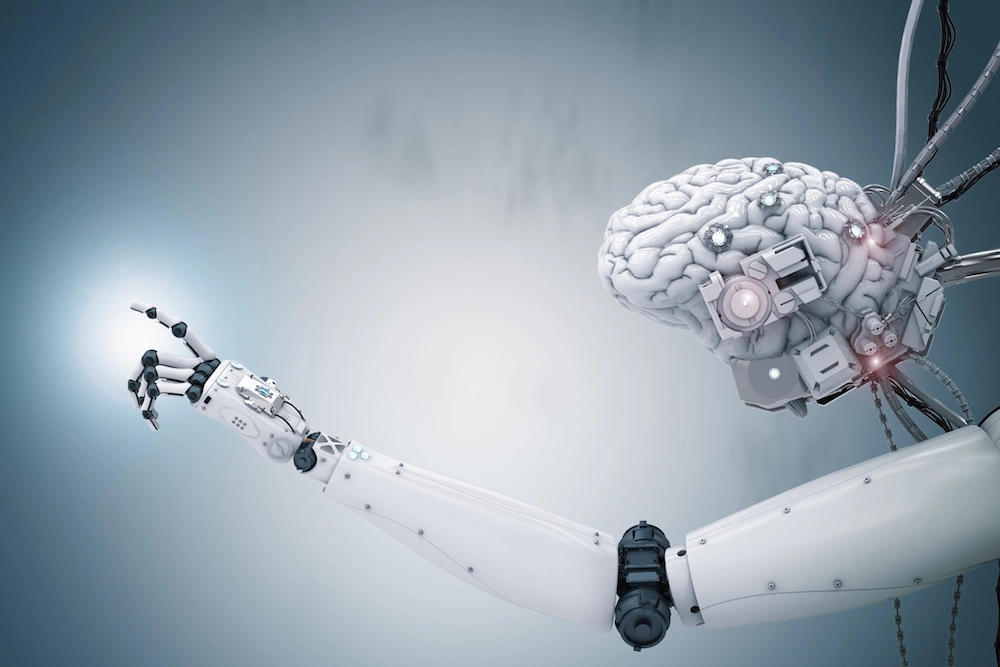




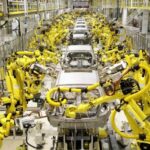

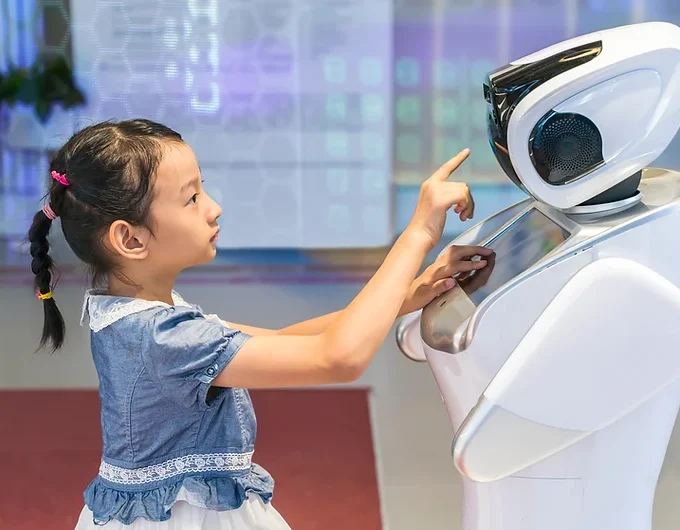
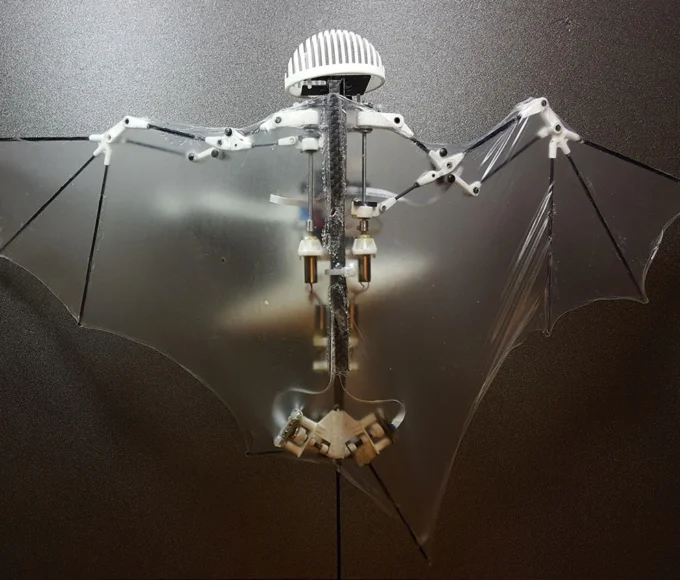
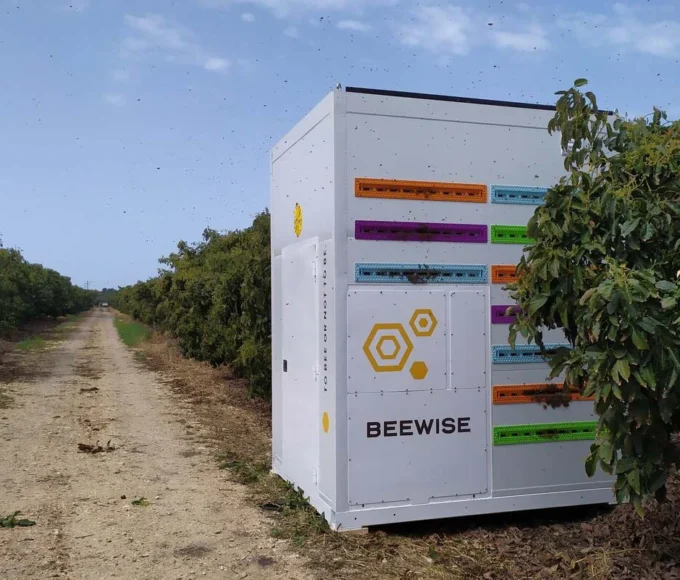

Leave a comment